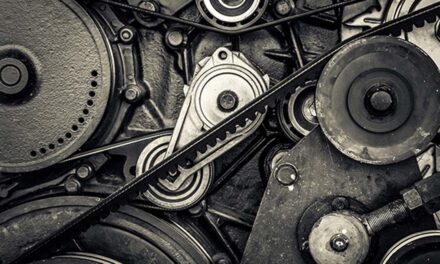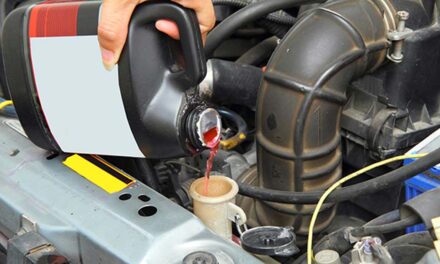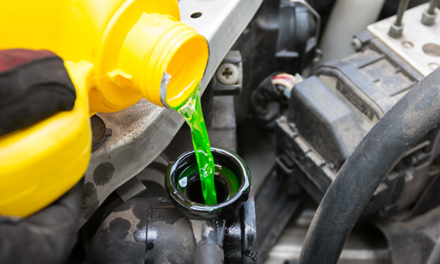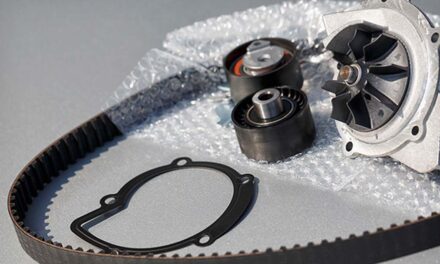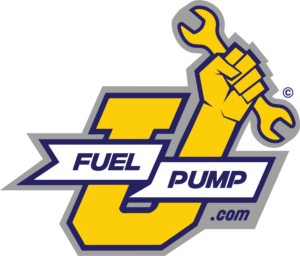Factors That Affect the Lifespan of a Water Pump
The lifespan of a water pump varies from manufacturer to manufacturer, but most last from 60,000 to 100,000 miles or more. Most pumps are replaced prior to failure as they are replaced in a lot of cases with the timing belt. The water pump is constantly turning while the engine is running so the coolant/distilled water mixture is continually flowing through the cooling system. Many issues can actually shorten the lifespan of a water pump.
Nowadays, most light-duty water pumps are made from aluminum or stamped steel, but older models can also be made from cast or “pot metal.” No matter what metal is used for the housing, it can become pitted from cavitation and contamination. If the gasket-mounting surface gets pitted, the fit becomes compromised and the pump will leak forcing early pump replacement.
Using plain water in the cooling system is a major cause of the early failure of water pumps, freeze plugs, and metal hoses in your vehicle. Antifreeze has chemicals that protect the cooling system. If you use the proper antifreeze/distilled water mixture in your cooling system and change it according to the manufacturer’s recommendations, you will avoid contamination and get more miles out of your water pump, as well as other system components.
When you replace the water pump, it is best to apply a thin coating of RTV sealant on the water pump’s gasket to hold it in place. This safeguards the gasket won’t move while you are bolting the pump into place and ensures a tight fit to prevent leaks. Be sure to follow the manufacturer’s recommendations as some installations do require other ways of prepping the gaskets or O-rings.
When to Replace a Water Pump
In most cases, you don’t need to replace the water pump unless you experience a problem like a coolant leak, if the engine is running hotter than normal, no heat or you hear unusual noise from the engine compartment. Many vehicles use the timing belt to drive the water pump instead of an accessory belt. If the water pump is driven by the timing belt, you should replace the pump whenever you replace the timing belt and replace the timing belt whenever you replace the water pump.
Should the pump fail, you’ll just have to do all the work required to get at the timing belt again. In most cases, the additional labor is minimal — a small price to pay for peace of mind and not having to pay for doing the job twice. Likewise, if the water pump goes bad but it’s not time to replace the timing belt yet, you should replace the belt anyway. “You can pay me now or pay me later” holds very true for water pump/timing belt relationship.
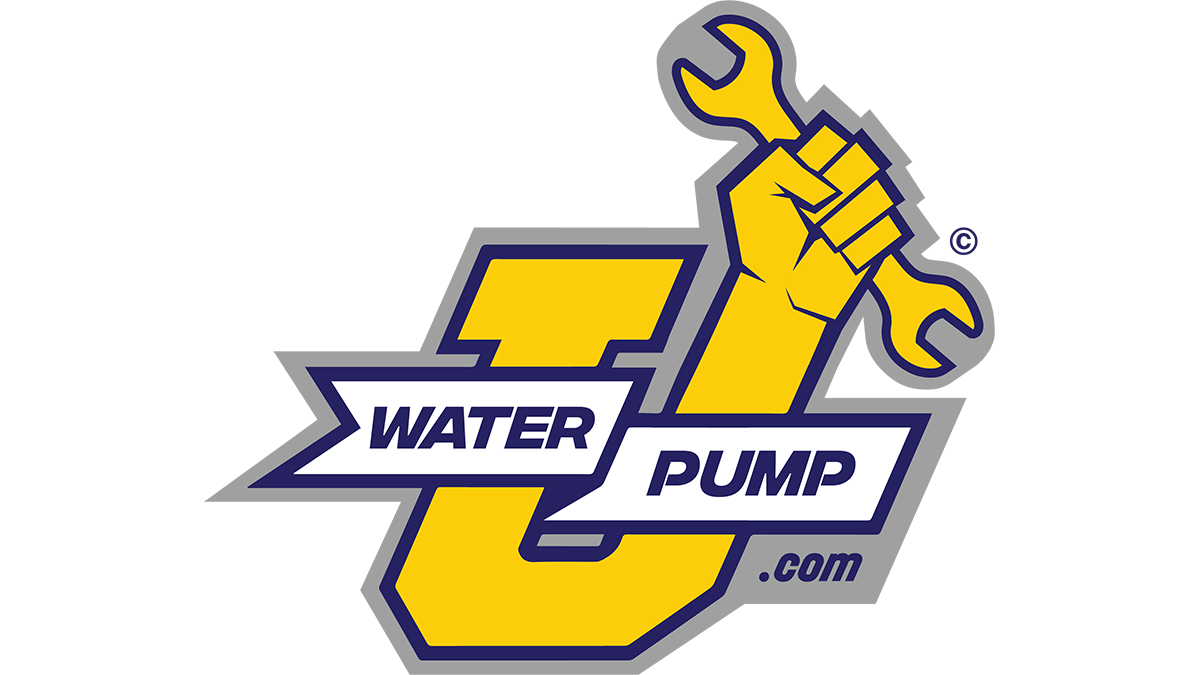
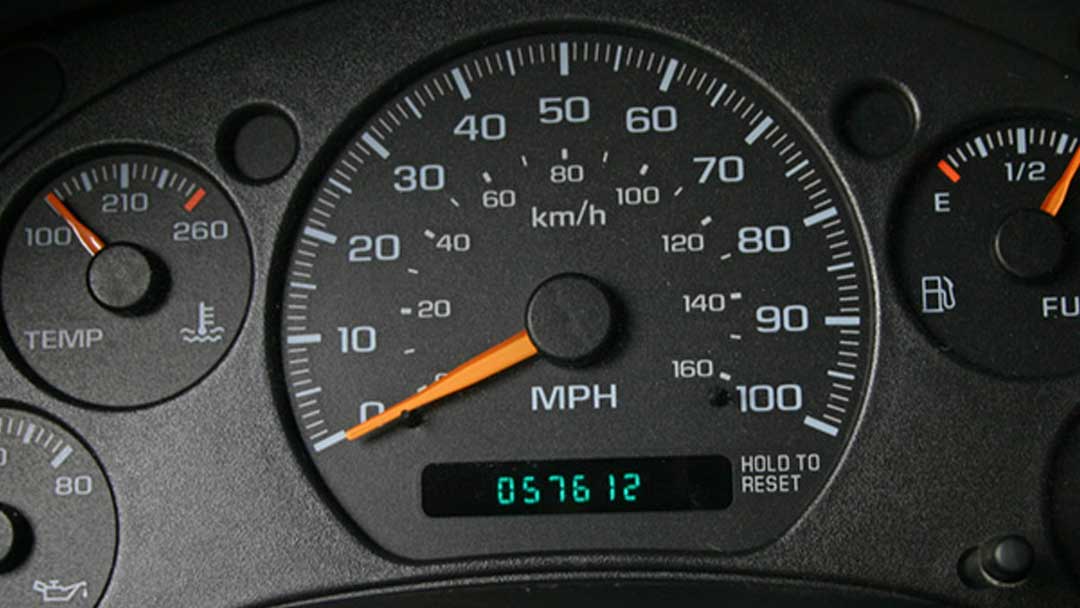


![[Vehicle Fitment]: Compatible with Buick Allure 05-10, Enclave 08-20, LaCrosse 05-08 10-16, Rendezvous 04-06 & Cadillac ATS 13-19, CTS 05-19, SRX 04-16, STS 05-11, XTS 13-19 & Saab 9-3 06-09, 9-4X 11, 9-5 10-11 & Saturn Aura 07-09, Outlook 07-10, Vue...](https://m.media-amazon.com/images/I/41WKoNzHalL._SL160_.jpg)

